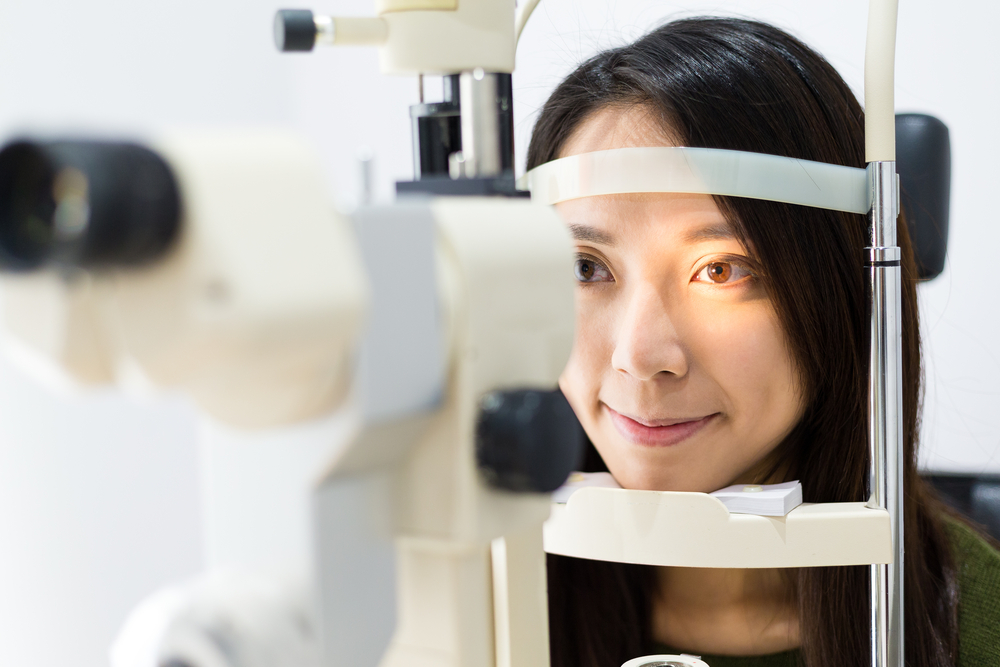
If you’ve decided to choose contact lenses from the beginning, or if you’ve been wearing glasses and you’ve decided to use contacts instead of or as well as glasses, you’ll need to have a contact lens exam.
A contact lens exam is different from a comprehensive eye exam. But that doesn’t mean that you won’t need one of those too. Here’s what you need to know about what to expect at your first contact lens exam.
If you are going to be able to wear contact lenses without any discomfort, your eyes will need to be healthy. The best way to determine this is to have a comprehensive eye exam. Regular comprehensive eye exams are recommended for people of all ages and are designed to assess the health and condition of your eyes. They can detect eye diseases like cataracts, glaucoma, macular degeneration, and even eye infections or corneal abnormalities. The earlier they are detected, the more easily they can be treated and the less impact they will have on your future vision.
Eye Doctors Perform Visual Acuity Tests
Your prescription for contact lenses will be different from that for glasses. This is because contacts are worn directly on the surface of the eyes, rather than a few millimeters in front of them, and just this small distance changes what prescription you need. Your eye doctor will ask you to read numbers and letters from a chart to determine what prescription you need.
The Surface Of Your Cornea Needs To Be Evaluated
Contact lenses cover a domed area at the front of the eye called the cornea. For your contact lenses to fit properly, be comfortable, and remain stable on your eye, your eye doctor will need to assess the surface of your cornea and measure the curve, which varies between different patients. Measuring the surface of the cornea can be done either using an instrument called a keratometer or using laser technology which creates a map of the surface of the eye called corneal topography. The curve of your cornea will help your eye doctor recommend the right type of contact lenses for you since there are different types to choose from.
Eye Doctors Will Measure Your Pupils
Pupil measurement is another important part of contact lens exams. Your eye doctor will want to measure the distance between your pupils and from the pupil to the edge of your iris on each eye. This can be done manually using a handheld ruler or using a tool called a slit lamp. Again, this measurement will be used to determine which contact lenses will fit you best.
Tear Film Evaluation
Contact lenses sit on a layer of the tear film, which helps them to be comfortable and to move around when you use your eyes. If you don’t have enough tear film, regular contact lenses could become stiff, sore, and uncomfortable on your eyes. However, there are some varieties that are particularly suitable for people who suffer from dry eyes. Your eye doctor will want to assess how much tear film you have by placing a tiny strip of paper into your lower eyelid to see how quickly it becomes moist.
Contact Lens Fitting
Once all of these assessments are complete, your eye doctor will be able to recommend the most appropriate contact lenses based on your individual needs. You’ll be given a generic, prescription-free pair to try and ensure that you can insert and remove them easily, and your eye doctor will check how they fit and that they are stable. Once they are happy, they will order your new contacts in your personal prescription. It may be necessary to try several pairs of contact lenses to find the type that best suits you.
Got further questions about contact lens exams? Visit Custom Eyes in Selden, New York. Call (631) 230-6230 to schedule an appointment today.




